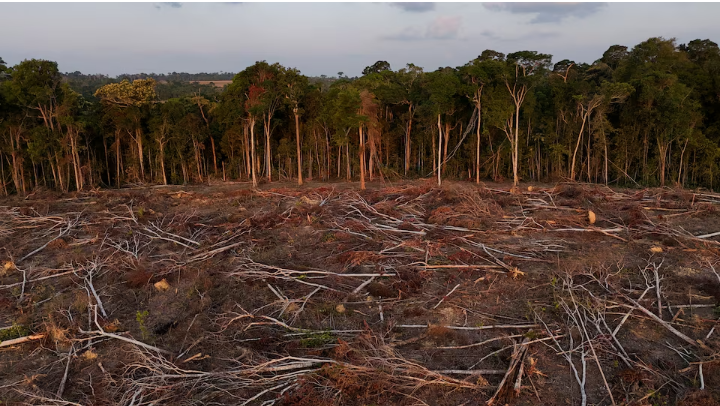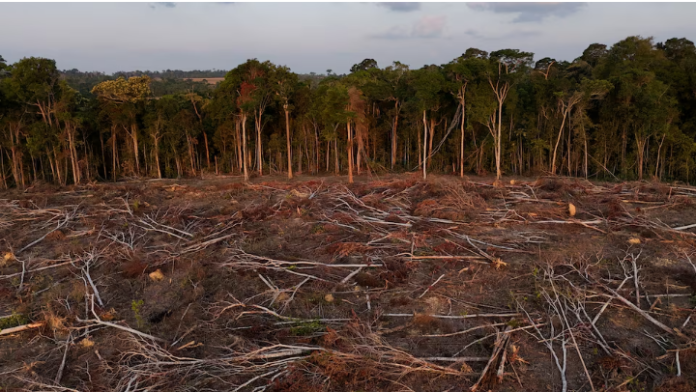Brazil’s once-protected Amazon rainforest is shrinking again—this time under the blades of soy farmers. An industry loophole is fueling the expansion, letting producers claim “deforestation-free” soy even on land that regrew after past destruction.
The Loophole That Turned Green to Gold
Back in 2006, major grain traders signed the Amazon Soy Moratorium, pledging not to buy soy grown on rainforest cleared after 2008. This reserve protected only primary forest—areas never previously deforested. It offered no protection for secondary forests, which regrow on land that was once cleared for agriculture or ranching. And now these younger forests are being razed—legally.
From Satellites to Soy Fields
Industry data reveals that soy from newly cleared primary forest rose almost threefold between 2018 and 2023. But satellite imagery from the University of Maryland tells an even harsher story: over 1 million hectares, or 16% of Amazon soy acres, now occupy land cleared since 2008. That far exceeds the official numbers—and highlights how excluding secondary forests opens a massive gap in conservation efforts.
Why It Matters
Secondary forests may not hold the biodiversity of old-growth jungles, but they store carbon quickly and help combat global warming. Experts warn that letting them be ripped down undercuts conservation and pushes the fragile Amazon toward a permanent shift from rainforest to savannah.
Frontline Stories
Near Santarém, Pará, farmers working in the scorching afternoon sun spoke with Reuters. Many point to economic benefits—especially proximity to a Cargill grain terminal that cuts export costs. Soy from Brazil now surpasses U.S. production, and most is funneled into China’s livestock feed supply chain. For locals, soy expansion promises jobs and income amid poverty.
Gilson Rego, with the church-fronted Pastoral Land Commission, pointed out areas once cleared, then abandoned, where trees regrew—and now the forest is being stolen again. “What can be stolen once, can be stolen again,” he warned.
Pressure Grows to Close the Loophole

Farmers’ groups argue the Moratorium unfairly limits production near global markets. Meanwhile, conservationists and scientists urge expansion of protections to include secondary forests.
Green groups like Greenpeace say they’re discussing updates, while Brazil’s Supreme Court recently ruled that Mato Grosso can withdraw tax breaks from companies that sign the Moratorium—reducing traders’ motivations to comply.
The High Stakes: Climate, Law, and Livelihood
Experts underscore that even with gaps, the Moratorium still limits potential deforestation—possibly saving 6 million hectares from being pulled under soy. But if loopholes remain, the Amazon edge may continue moving, pushing biodiversity, climate, and indigenous communities closer to irreversible change.
Looking Forward
The future of Amazonian soy may depend on tackling this critical question: what legally counts as a forest? Closing loopholes is now a focus for campaigns and courts—and possibly the next stage of Amazon protection.



